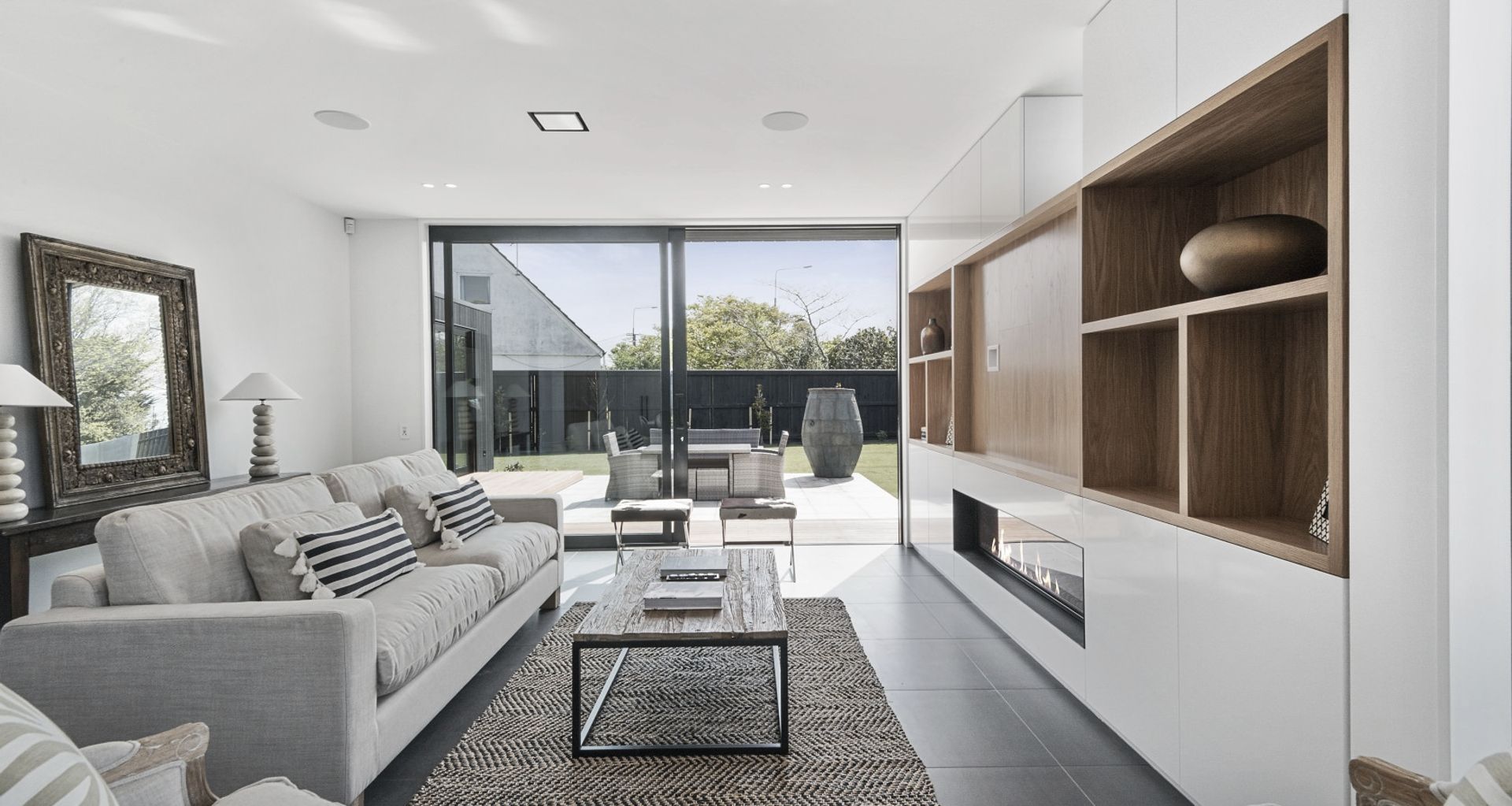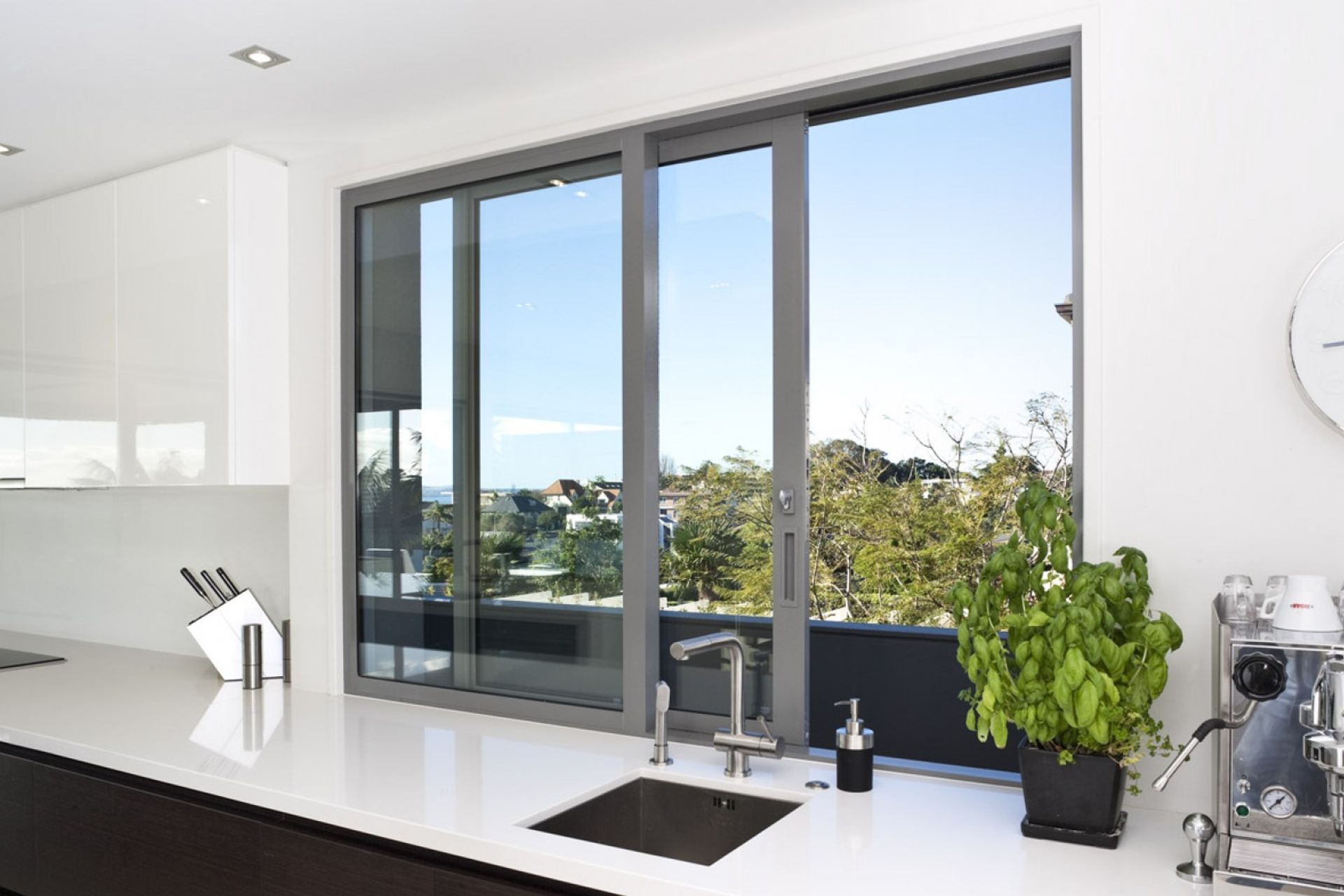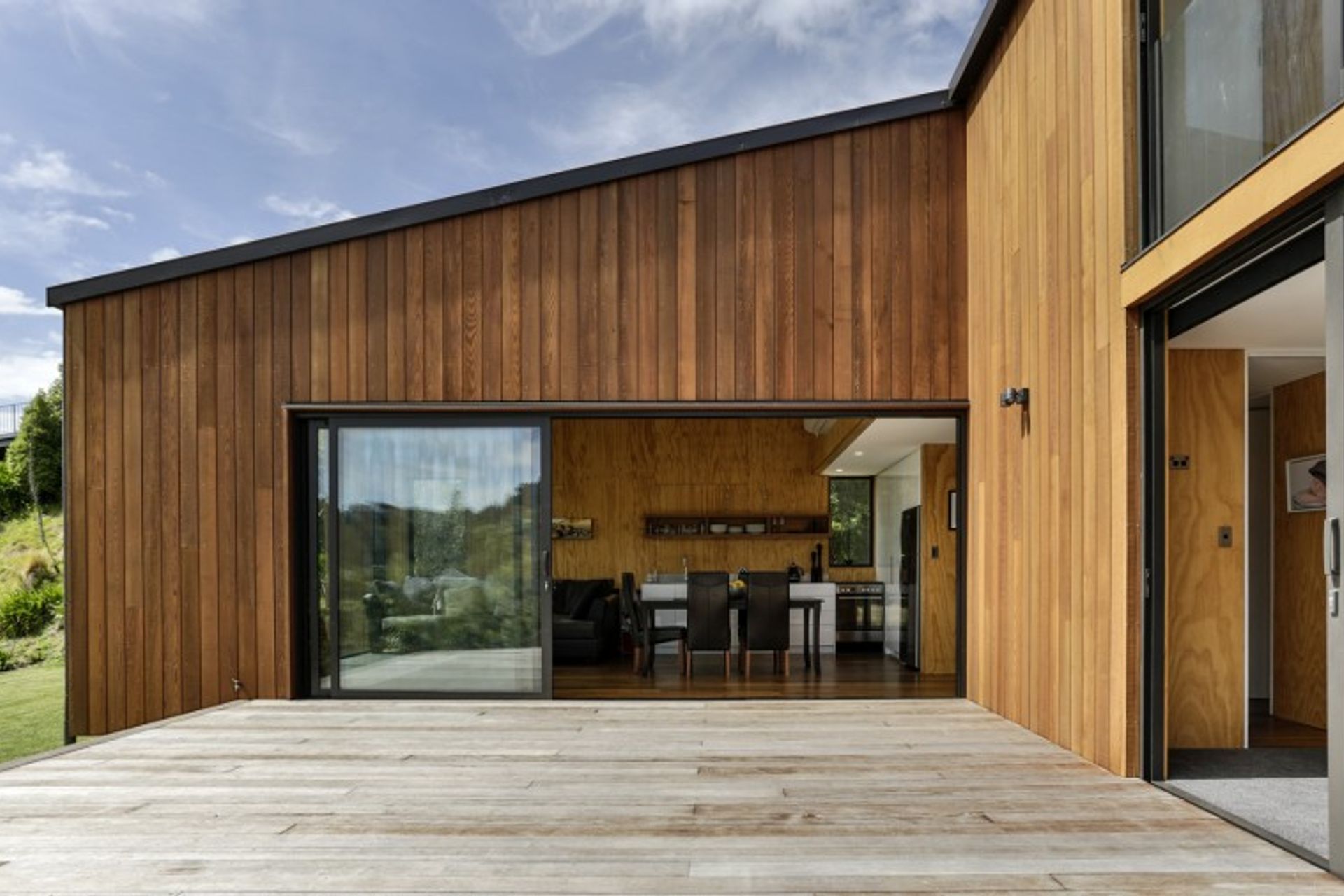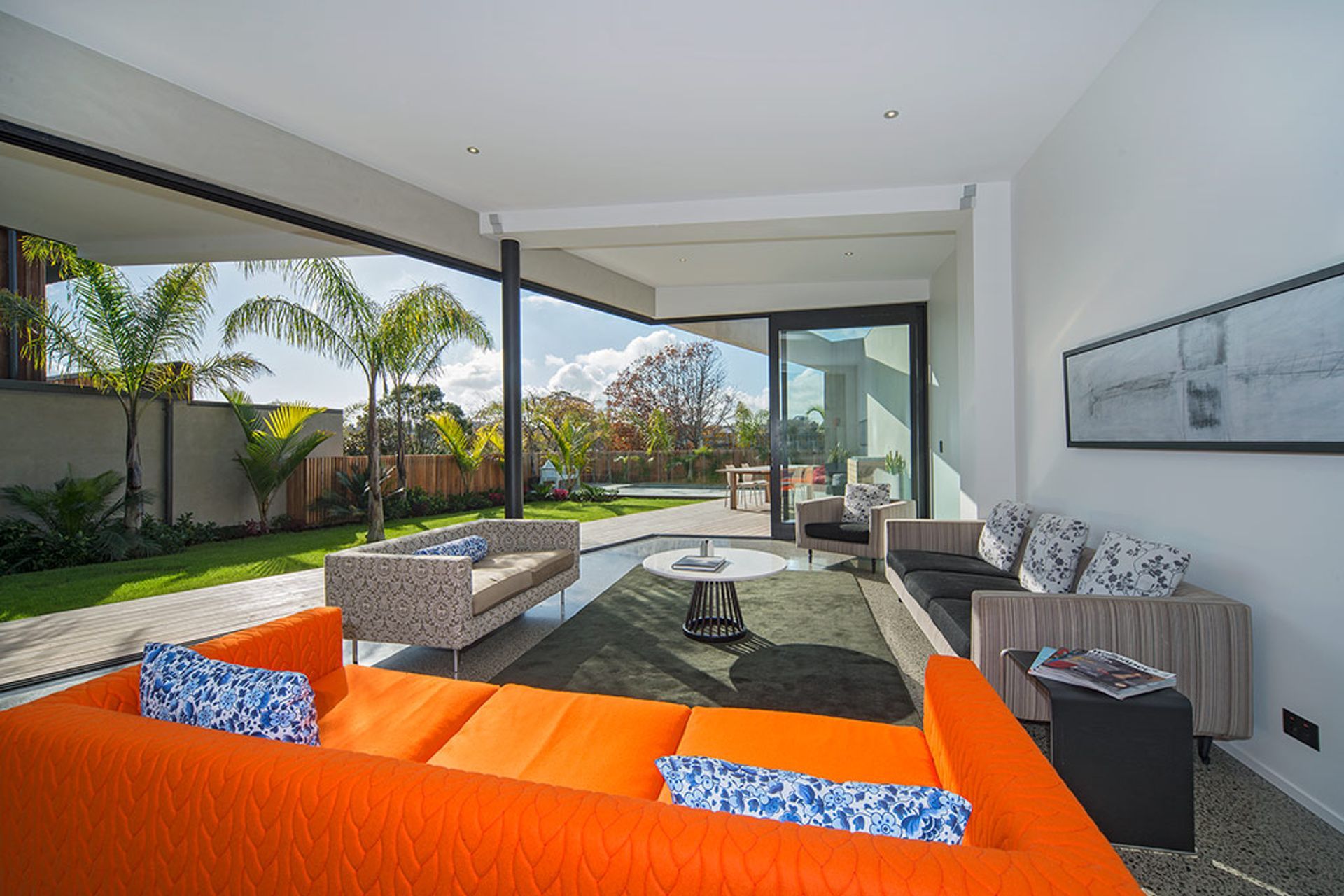Improve your home environment with double and triple glazing
Written by
18 September 2022
•
3 min read

It’s often easy to tell when it is time for your home’s windows to be updated. Maybe they’re showing their age with rotting frames and large gaps, or you might be noticing the electricity bill slowly rising as the windows continue to let out warm air in winter, and in the summer months the air conditioning has to work overtime.
While it can be a costly task to replace all of the windows in a house, it can help save money in the future – and also provide a warmer, drier and healthier indoor environment.

What are the options?
Nulook Northland’s Mark Lawton explains that it is generally straightforward to install glazing into existing window frames. There are also various systems that integrate the frame and glass for renovation projects that call for new joinery.
Mostly, it is doors that are given a complete style update, says Mark: “Most people change the doors because in old homes it’s usually timber French doors. Most people want sliding and stacker doors now, so those are usually a full replacement of the frame.”

Types of glazing: double and triple
Whether only the glass is being replaced, or the project also requires a full replacement of joinery, there are options to consider when it comes to the type of glazing.
When Nulook replaces glazing in an older home, it is almost always single pane glass being upgraded with double glazing – which in comparison to single glazing improves heat loss by around 50%.
As the name suggests, triple glazing involves three panes of glass – further improving temperature regulation and significantly reduces noise and condensation.
With both double glazing and triple glazing, the air trapped between the layers of glass acts as insulation. A vast improvement to single glazing, it’s no surprise double glazing is becoming the standard minimum for windows in New Zealand, with triple glazing ideal for colder areas of the country.
“If homeowners are going to replace windows now, they might as well upgrade to a better performing glass,” suggests Mark. “I’d say 95% of the jobs we do with replacing all the joinery, involves people going to double glazing.”

What is Low-E (Low Emissivity) glass?
Nulook’s double and triple glazing has the potential to be further enhanced by a Low-E coating.
Developed to minimise ultraviolet (UV) levels able to enter the home through glazing, Low-E glass limits the temperature increase inside the home without compromising on the amount of light transmitted through the window.
“For new builds, everything has to be performance low-E glass now, so that’s probably the biggest thing people have to think about,” says Mark.
“We have joinery installers that do everything – they’ll remove the old joinery and put the new joinery in.”
Explore window products from Nulook.